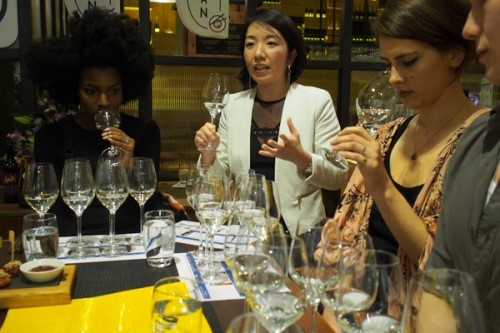
This was a remarkable evening, and my first exposure to high quality sake. It was at the Selfridges pop-up sake bar – billed as the world’s smallest, with just 6 seats. The sakes were chosen by famous Japanese footballer Hidetoshi Nakata, who, after retiring in 2006, has developed his passion for the drink (in the last 6 years he has visited 250 of the 1300 Sake makers in the country). He was present at the tasting, which was led by sake expert and sommelier Sayaka Watanabe.
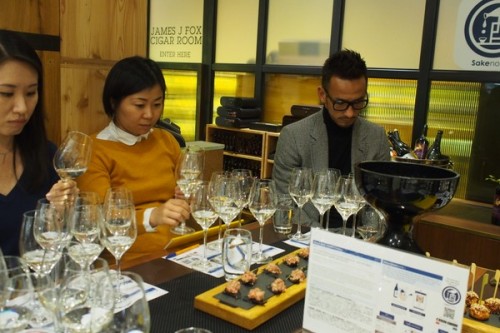
After moving to London from Tokyo, Sayaka worked at Zuma and Rocca, and she was curious to see whether sake had a chance in the UK market. Back then, Nobu was the only London restaurant pushing sake. She needed a job title for her work permit so she made up the title of ‘sake sommelier’, which at the time didn’t exist. Sayaka spent eight years with the group, and is now director of operations at the Arts Club in Mayfair.
The sakes selected for this tasting were extremely high end, in the category Junmai Daigingo. More about the categories later.
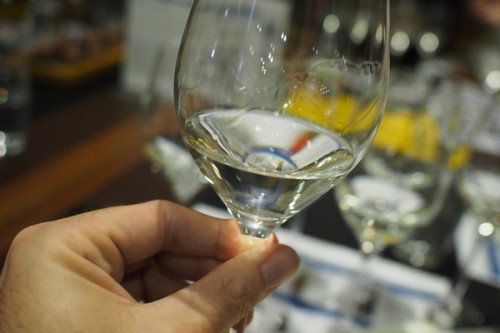
Sake has just two ingredients, water and rice. It’s 80% water, and it’s one of the few alcoholic beverages where a lot of emphasis is placed on the character of the water. And rice has an extremely important role in the life of the Japanese. The sake producers handle the rice grain by grain, and treat them like jewels, says Sayaka.
The first stage in making sake is to polish the rice. The purity of sake comes from how well and how far the rice is polished. The next stage is to convert the starch in the rice to sugar, for the yeast to ferment to produce alcohol. This is carried out by a type of mould (koji) that grows on the rice. Making sake is a skilled process, and needs a serene, stoic attention to detail. Good sake producers are perfectionists.
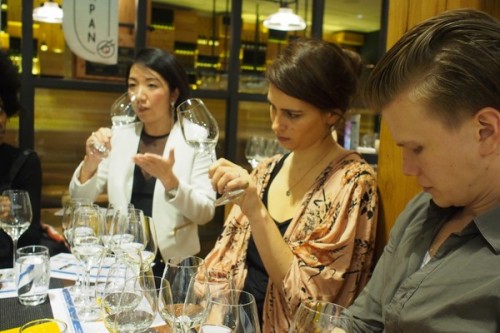
One of the differences in sake production concerns the milling/polishing of the rice. For example, if 40% is removed then it is Gingo-sgu (which would be roughly equivalent to a sort of Premier Cru category in wine), and 50% removed it is Daigingo-shu (Grand Cru). As well as these quality levels, there are two types of sake. Junmai-shu is where the only ingredients are water and rice. Jozo-shu is when some distilled alcohol is added, which cuts the oiliness or fattiness. So there are all sorts of permutations in this classification system: you really need a chart in front of you to explain it.
These were the sakes we tried: all of them are in the same classification level, Junmai Daiginjo-shu, which is the top quality (at least 50% of the rice milled away) with no added alcohol.
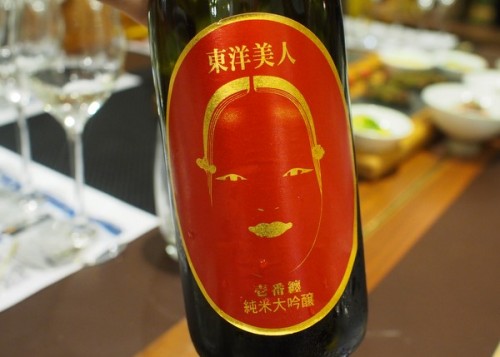
(Sumikawa Sakebrewing Co) Toyo Bijin Junmai Daigingo ‘Ichibanmatoi’ (From Yamaguchi)
Clear, pale colour. Aromatic and refined with a nice fruity nose. Some pear and ripe apple notes. Smooth, elegant and seamless on the palate, with faint hints of white pepper, chocolate and hazelnut. Very textural with some sweetness (it’s dry, so this is an impression of sweetness) and a long finish. 9.5/10
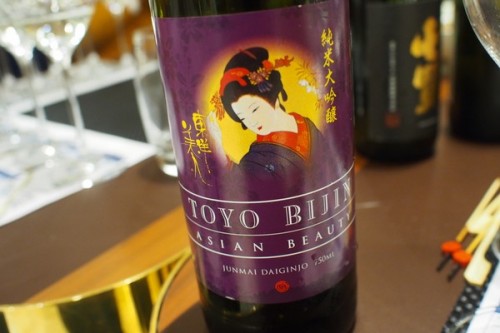
(Sumikawa Sakebrewing Co) Toyo Bijin Junmai Daigingo
Very fruity nose with apple, baked apple, nuts and wax, and also some pear and mandarin. Open, rounded, appley palate with flavours of apple crumble and spice. Seems quite sweet in the mout. Fruity with generous flavours and some elegance. 8.5/10
(Yamanashi Meijo Co) Shichken Onakaya Junmai Daigingo
Delicate floral nose is subtle with a bit of mandarin. Very fruity and textured on the palate with tangerine and apple notes. Real harmony and freshness to the elegant flavours. Stylish with nice tension and a long finish. 9/10
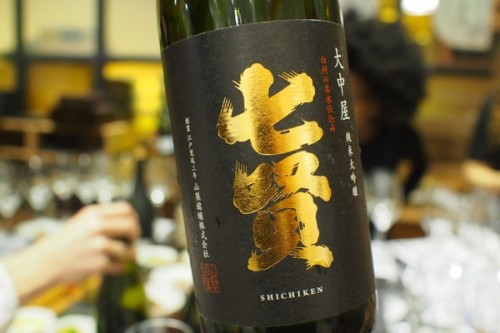
(Homare Sake Brewing Co) Aizuhomare Yamadanishiki Junmai Daigingo
Creamy and a bit cheesy with some apple and pineapple notes. Fruity and textural in the mouth with a nutty, waxy edge. Rounded and with a bit of apple character, and a smooth finish. Sweet and nutty. 8/10

(Sakai Brewing Co) Gokyo Junmai Daigingo
Fruit nose with very attractive sweet floral aromatics, as well as white peach and almonds. The palate is elegant and smooth with notes of wax, peach and pear. There’s a faint saltiness on the finish, and also some vanilla. This seems a lighter style. 8/10
(Fukurokujyo Brewing Co) Ippakusuisei Junmai Daigingo
Subtle on the nose with some floral jasmine notes. Very textural, rounded and open on the palate with a lovely sweet fruity character, mainly pear. Very fruity and fine with a long sweet finish. Hints of tangerine and spice, and such lovely finesse. 9/10
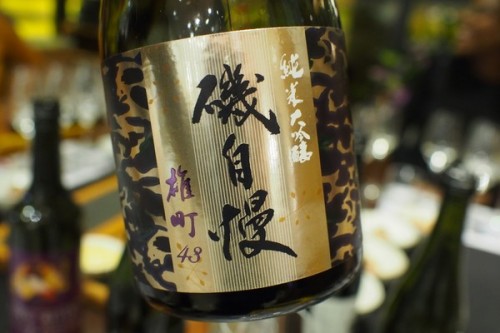
(Isojiman Premium Sake Brewery Co) Isojiman Junmai Daigingo Omachi 43
Fruity, grapey nose is very pretty. Lively, fruity palate with a lovely sweet grapey quality. Fine nutty finish. Long and detailed. 8.5/10
See also: a visit to two excellent sake producers in Japan
1 Comment on A remarkable tasting of sake
What temperature were these served at?